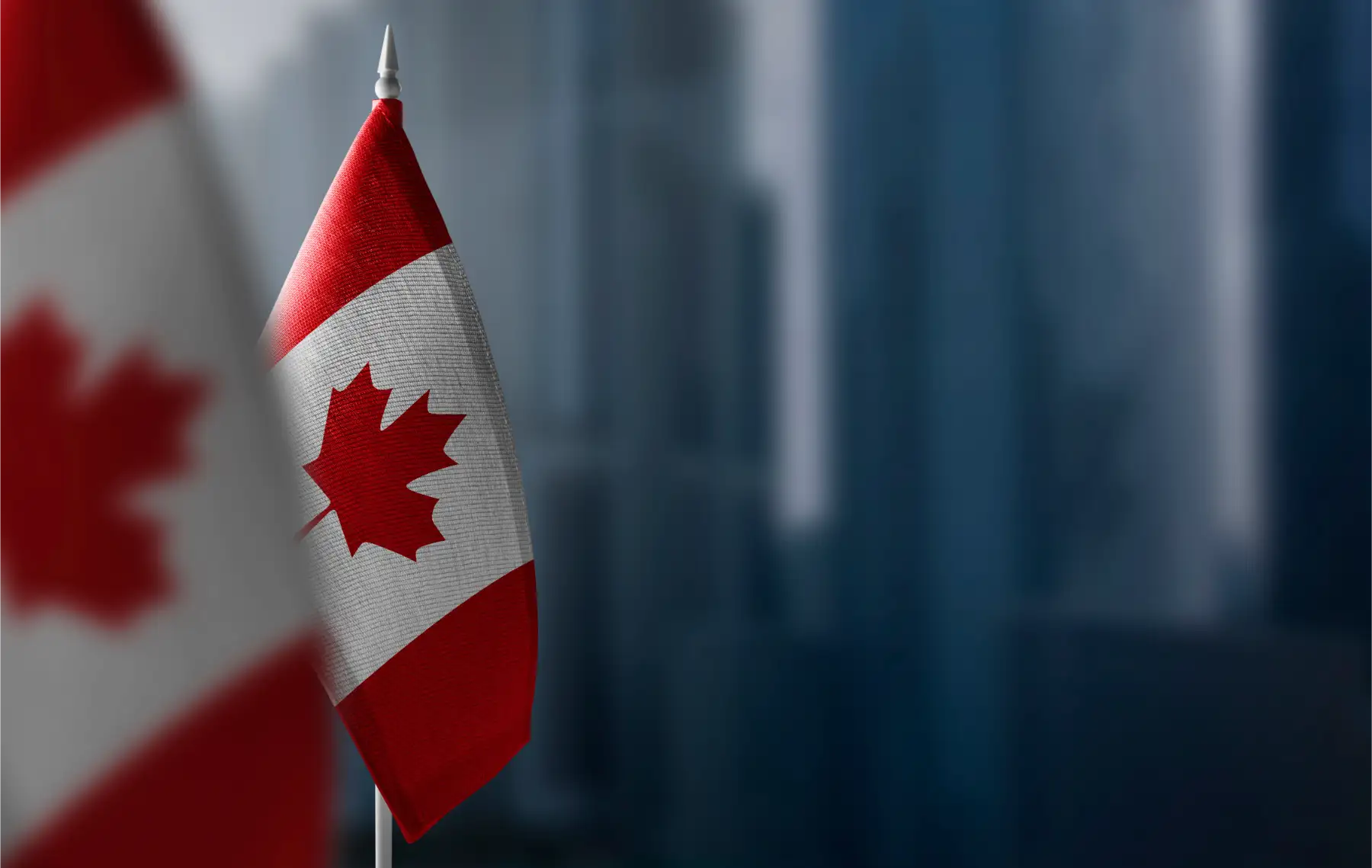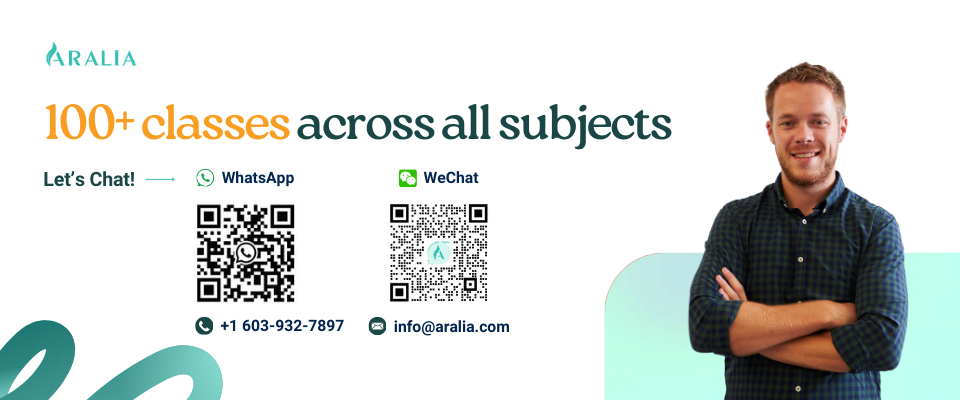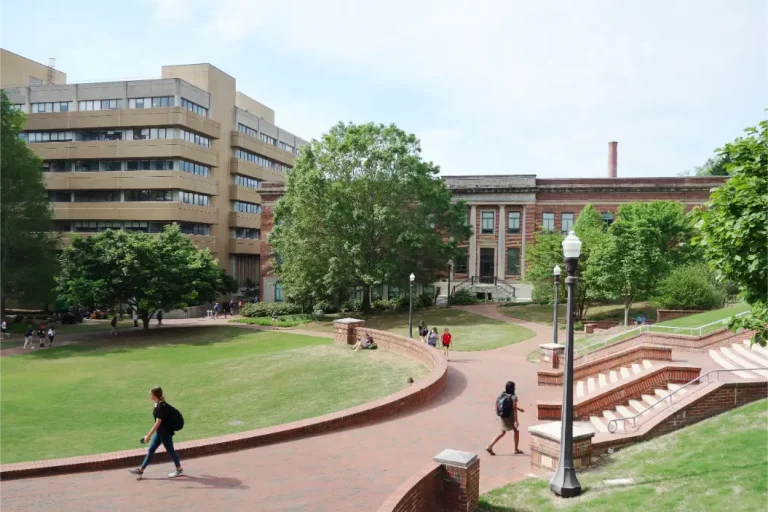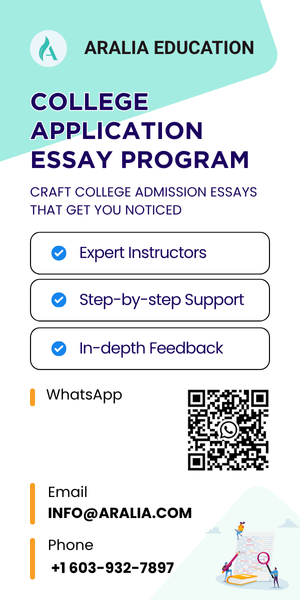1. Overview of Public and Private High Schools in Canada
Before we dive into the specific comparisons, let’s get a quick overview of what high school in Canada looks like. Generally, high school, also known as secondary school, runs from grade 9 to grade 12 in most provinces, though in Quebec, it starts earlier, from grade 7 to grade 11. Students typically take a mix of compulsory core subjects (like English, Math, and Science) and elective courses that align with their interests and future goals, often operating on a semester-based system.
Canada’s public education system is vast and serves the majority of the country’s students. According to recent data, there are approximately 2,600 secondary (high) schools out of the nearly 14,600 total public elementary and secondary schools across the country. These public institutions cater to over 90% of elementary and secondary students. In contrast, the private school sector comprises around 1,700 private and independent schools across all grades (K-12), educating about 5.6% of Canadian students.
Both public and private high schools in Canada are held to high standards and are recognized globally for their quality. Public schools adhere to a standardized provincial curriculum, ensuring a consistent and robust educational foundation across the province or territory. All public school teachers are required to be government-certified, guaranteeing professional instruction. Private schools, while often following the provincial curriculum, have more flexibility in their approach and may offer specialized programs, such as advanced arts, sports, or STEM courses, or globally recognized programs like the International Baccalaureate (IB) and Advanced Placement (AP).
Aralia Empowers Students from Canada
2. Key Differences Between Public and Private High Schools in Canada
Cost and Funding:
- Public: While public schools are free for Canadian citizens and permanent residents, international students are required to pay tuition fees at public high schools. These typically range from CAD $10,00 to $17,000 per year.
- Private: Private schools also charge tuition for international students, but their fees are significantly higher. For private day schools, you can expect to pay CAD $15,000 to $30,000 per year, while private boarding institutions (which include accommodation) range from CAD $63,000 to over $100,000 per year.
Accommodation:
- Public: Public schools generally do not provide on-campus accommodation. International students attending public high schools typically live in homestay programs arranged by the school board or through external agencies.
- Private: Many private high schools, especially those with a long history, are boarding schools that offer on-campus dormitories or residences. This provides a structured living environment, which can be appealing for students coming from abroad. For day private schools, homestay or private rental arrangements are also common.
Class Size and Individualized Attention:
- Public: Tends to have larger class sizes, often between 25-30 students per class.
- Private: Typically have much smaller class sizes, sometimes as low as 10-15 students, allowing for more personalized instruction.
Curriculum and Programs:
- Public: International students in public schools follow the same provincial curriculum as Canadian students. A Canadian high school diploma from a public school is widely recognized by universities worldwide.
- Private: Private schools often emphasize rigorous university preparation, with tailored guidance for university applications (both Canadian and international). Their specialized programs (like IB or AP) can also give international students a competitive edge for university admissions, especially to highly selective programs.
3. Various Considerations for Parents and Students when Choosing High Schools in Canada
Choosing the right high school is about finding the perfect fit for your unique strengths and aspirations. This decision involves carefully weighing various factors that truly impact a student’s success and well-being.
One crucial aspect to consider is your learning style and personality. Public high schools can be a great environment for independent learners who thrive in bustling settings and enjoy a wide array of options. On the other hand, if a student flourishes with more one-on-one attention and a highly structured environment, a private school with its smaller class sizes might be a more suitable fit. Similarly, a student’s personality plays a role; a very social student might enjoy the vast community of a public school, while a quieter student might feel more comfortable and encouraged to participate in the intimate setting of a private school.
The school’s culture and values are also critical to consider. Public schools generally reflect the broad diversity and values of their local Canadian communities, providing exposure to diverse backgrounds and perspectives. Students who enjoy being around many different kinds of people and hearing a range of thoughts and opinions will find this environment exciting for their learning. Private schools, however, often have a more distinct culture, potentially emphasizing academic rigor, specific arts or sports programs, or even a specific religious or philosophical approach. Their smaller communities can foster a strong sense of belonging and shared purpose, though with potentially less socio-economic diversity compared to public schools.

The geographic location is a practical consideration that can significantly impact a student’s experience. Public school attendance is typically determined by your residential zone, meaning students usually attend a local school. For private schools, location offers more flexibility; students may travel further, and transportation needs become a key planning point, as private schools may not provide bus services. For international students, this distinction is even more pronounced: public schools rely on homestay arrangements, offering deep cultural immersion, while many private schools provide structured on-campus boarding, which can offer a sense of security and a ready-made community.
The financial implications extend beyond just tuition. While public schools are tuition-free for Canadian residents (although international students pay fees), there may still be minor costs associated with extracurricular activities or specific materials. Private schools have higher tuition fees, but it’s critical to research their often robust scholarship and financial aid programs, which can make them more accessible.
Finally, a student’s future aspirations and university preparation are also essential. Both public and private high schools in Canada provide strong foundations for post-secondary education, with many offering widely recognized programs like IB and AP. However, private schools often provide more dedicated, personalized university counseling, helping students navigate the application process to highly competitive Canadian and international universities. Their academic rigor and emphasis on building a well-rounded portfolio can be particularly appealing for students aiming for specific top-tier programs. Ultimately, a student’s individual effort and academic performance remain the most significant factors for university admission, regardless of the school type.
Enroll in Aralia’s Comprehensive Classes
4. Guidelines for Choosing the Right Canadian High School
Step 1: Understand your Student’s Needs and Desires
Both students and parents should engage in open conversations to identify what truly matters. Discuss what subjects spark their interest, which extracurricular activities excite them, and how they learn best.
It is also important to consider whether they require additional academic support in specific areas. For international students, these discussions should also address their comfort levels with living arrangements, such as a homestay versus a boarding school, and the extent of English language support they may need.

Step 2: Define your Priorities
Based on these discussions, families should create a clear list of “must-haves” that are essential for the student’s success and happiness, “nice-to-haves” that would be beneficial but are not deal-breakers, and any “deal-breakers” that would immediately rule a school out. Consider if cost is a primary limiting factor, making public school tuition-free options highly appealing for residents, or if there are financial aid opportunities for private schools to explore. For international families, consider the importance of comprehensive visa support and dedicated international student services.
Step 3: Conduct Thorough Research
Begin with extensive online exploration by visiting school websites. Look for their mission statements, detailed curriculum outlines, lists of extracurricular activities, and admissions information. For public schools, the local school board’s website should be your primary source of information. For private schools, platforms like OurKids.net and the Canadian Accredited Independent Schools (CAIS) website can serve as excellent directories for discovering options.
Beyond official sites, it is beneficial to read reviews and testimonials from current and former students and parents, which often provide candid insights into the school’s daily atmosphere and its effectiveness. While not the sole factor, checking performance data, such as graduation rates and post-secondary acceptance rates, can also provide insight into academic outcomes.
Step 4: Visit Schools (Virtually or In-Person)
Nothing compares to experiencing a school firsthand, so visiting schools, whether virtually or in person, is highly recommended. This provides an invaluable opportunity to feel the school’s “vibe.” If possible, arrange individual tours during school hours to observe classes in action and experience the learning environment firsthand. For international students, many Canadian schools offer comprehensive virtual tours and online information sessions if an in-person visit is not feasible. Connecting directly with the international student office is a crucial step in understanding the specific support services available to you.
Step 5: Understand the Application Process
Public school enrollment is typically straightforward, based on residential zoning. Meanwhile, private schools often have a multi-step application process involving essays, interviews, and entrance exams. Both parents and students need to be aware of all deadlines and requirements. For international students, confirming that the school is a designated learning institution (DLI) is crucial for obtaining a study permit.
Step 6: Prepare for a Smooth Transition
Once you’ve selected the right school, it’s crucial to start preparing academically and emotionally for the transition. For both domestic and international students, adjusting to a new educational system, curriculum, and social environment can be a challenging experience. That’s why early preparation can make a significant difference.
This is especially true for international students who may be learning in English for the first time or adapting to a new cultural and academic setting. Language fluency, familiarity with Canadian classroom expectations, and confidence in writing and communication skills are key components for a successful transition.
Boost Your Readiness with Aralia Education
To support students in this critical phase, Aralia Education offers specialized academic programs designed to prepare students for Canadian public and private high schools. Our classes focus on:
- English and Writing: Strengthen grammar, vocabulary, essay writing, and oral communication for success in an English-speaking classroom.
- Subject Enrichment: Build confidence in core subjects like English, Math, and Science.
- Application Preparation: Get professional guidance on school applications and entrance essays.
Aralia’s programs are an excellent way to bridge the gap between where students are now and where they aspire to be.









